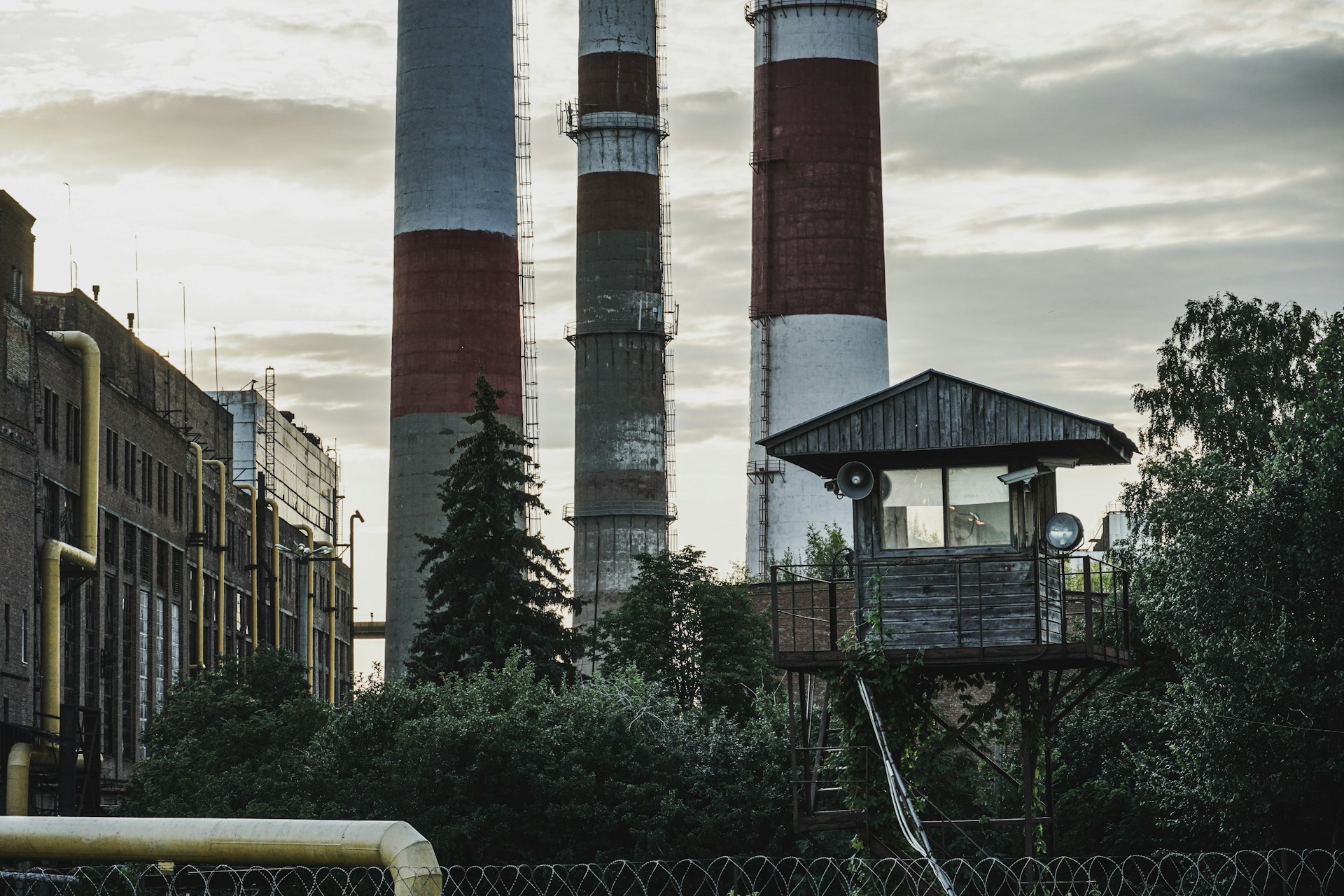Despite Europe’s March inventories of natural gas reaching record levels, benchmark Dutch TTF gas futures have jumped 20% throughout the past month. A Russian attack on Ukraine’s largest underground gas storage (UGS) facility, Bilche-Volitsko-Uherske (BVU), may help to support that uptrend. Ukraine’s vast storage capacity became a desirable destination for European traders to store gas last year, with much of it clustered in the west of the country, far from the frontlines of Russia’s invasion. However, a missile barrage targeting the country’s energy infrastructure honed in on BVU and may have damaged the gas exchange point.
Traders have stored 2.5 bcm of European gas in Ukraine since last August and aimed to scale that up by 60% this year. That expansion may be in jeopardy, along with energy facilities and pipelines relied on by Ukraine’s western allies. Russia’s strike against Ukrainian UGS is likely a retaliatory move, responding to Kyiv’s ongoing drone offensive against Russian oil refineries and storage hubs. This back-and-forth could further tighten global energy supplies and push up prices.
Related ETFs: Energy Select Sector SPDR Fund (XLE), Invesco DB Oil Fund (DBO), United States Gasoline Fund, LP (UGA), United States Natural Gas Fund, LP (UNG)
Despite a sustained downtrend in US natural gas prices, European benchmark Dutch TTF gas futures have risen nearly 20% throughout the past month. That marks a sharp reversal from a halving of EU gas prices between the start of last November and late February. Per Reuters, a second consecutive mild winter across most of the European continent have left its natural gas stores fuller than in any other March before, about 80% through the regional heating season. Brimming storage entering the season, as well as European gas demand reaching its lowest point in a decade, have put the continent’s gas stocks on track to end winter around 664 terawatt hours (TWh), smashing last year’s record of 629 TWh.
Inventories at the start of the heating season amounted to 707 TWh, more than two standard deviations above the prior ten-year seasonal average. MRP noted last August that that Europe would reach its 90% capacity threshold for storage months ahead of schedule, suggesting the continent would be as prepared as possible for any wintertime shock that might strike the continent. Europe has broadly reduced its previous reliance on Russian energy supplies over the past two years, following Moscow’s formal invasion of the Ukrainian mainland in February 2022. Pipeline gas which previously flowed to Europe from the east has been supplanted by massive overseas shipments of liquefied natural gas (LNG).
In addition to the storage capacity among member states, we noted last year that the EU had begun to take advantage of the inroads it has made with Ukraine, home to Europe’s second-largest known reserves of natural gas. More importantly, the country has massive underground gas storage (UGS) space that can be utilized by traders to shore up stockpiles that have easy access to Eastern European markets. State-owned Naftotgaz told Reuters that foreign customers could access more than 10 billion cubic meters (bcm) of storage of the Ukraine’s roughly 30 bcm capacity, mostly in…
To read the complete Intelligence Briefing, current All-Access clients, SIGN IN All-Access clients receive the full-spectrum of MRP’s research, including daily investment insights and unlimited use of our online research archive. For a free trial of MRP’s All-Access membership, or to save 50% on your first year by signing up now, CLICK HERE










